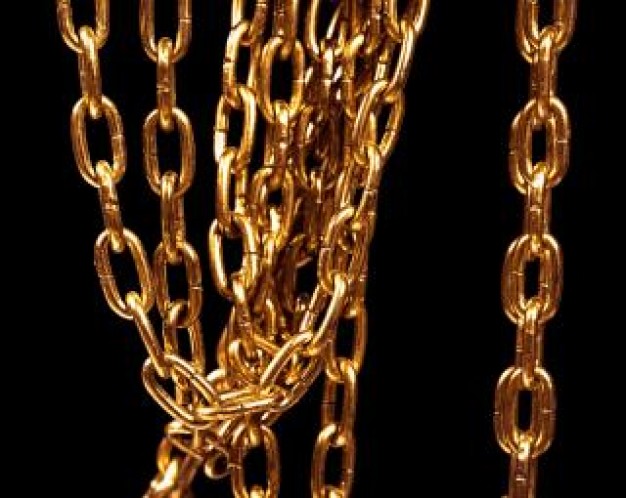Your cart is currently empty!

Getting Backlinks Updated
High quality backlinks — links to your website from other websites — continue to be important for SEO, and longstanding links can also send traffic. Those links are valuable.
However, they only work as long as the URL works. When you make changes at your website that change the web address of your page, you lose all those beneficial links. And yet there are times when the web address of a page must change.
Actually, check on that first. Do you absolutely have to change the URL of your page or post? You’re sure? Okay.
Now what?
Step1: Identify the most valuable backlinks
If you have three links to your page, consider them all among the most valuable. If you have a really useful page with lots of backlinks, though, you may not find it practical to track down all the links. You may also not be able to do so.
Start with Google Analytics and identify all the links that send traffic to your page. If you’re changing your domain, this is absolutely necessary. You don’t want to miss any of the links that people actually use to visit your site. If there are too many to follow up, check the conversion rates and prioritize those that convert best.
Next, do a Google search using “link:www.yourwebsite” and “link:yourwebsite” to find the links that Google considers most significant. You don’t want to miss these.
Finally, think about the links that are most clearly relationship-based. If you have links from websites where the webmaster will gladly update the link just because you ask, add them to the list.
Step 2: Get organized
List your high priority links in a spreadsheet (or your personal workstyle equivalent) with the page where the link is found, the anchor text, the page they’ve linked to at your website, and the name and contact info of the webmaster. If you know the name of the webmaster’s dog/kid/band/surfboard/etc., so much the better.
Getting organized in this way allows you to delegate the job, or at least to get it done efficiently. Without that organization, you won’t be sure which people you’ve already contacted and you won’t be able to keep up with the responses of the webmasters… or the lack thereof.
Step 3: Contact the webmasters
Got your spreadsheet? Now it’s time to start sending emails.
When Google started cracking down on poor-quality links, lots of webmasters got form-letter requests asking to have links removed. Often the form emails took a tone suggesting that the webmasters had, through the poor quality of their websites, caused problems for the sites they had linked to. The site owners, who had often gotten a warning notice from Google or had seen their traffic decline seriously, were often very aggressive in following up on those link removal requests.
Plenty of webmasters who have been through that are now very much over taking care of other people’s links.
It is therefore very important to make the request in terms of the benefits to the webmaster, not the benefits to you. People are often more receptive to things that will benefit them than they are to requests to do a favor for a total stranger, so it’s never a bad move to make your linkbuilding requests more about them and less about you. But in this case it’s essential.
Point out that they now have (or soon will have) a broken link at their page, and make it easy to update by providing the new URL. You can even provide a snippet of code using their anchor text with the new URL.
Step 4: Follow up
Go back after a week or two and make sure the links have been updated. If they have, thank the webmaster. If they haven’t, you can reach out once more. Not multiple times, but once more is fine.
Put more time and effort into the links at the highest priority level, but keep working your way through the list. Many of the webmasters you contact will appreciate your help, since they don’t want broken links at their website.
by
Tags:

Leave a Reply